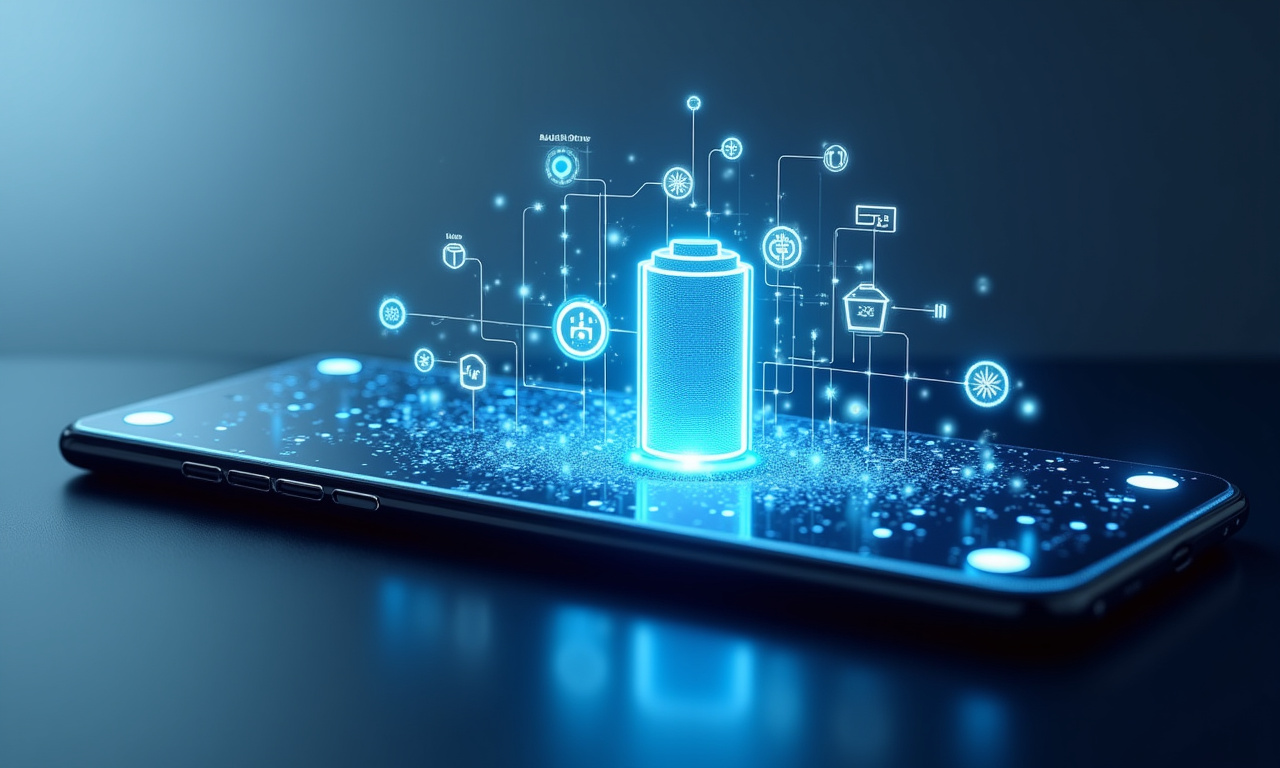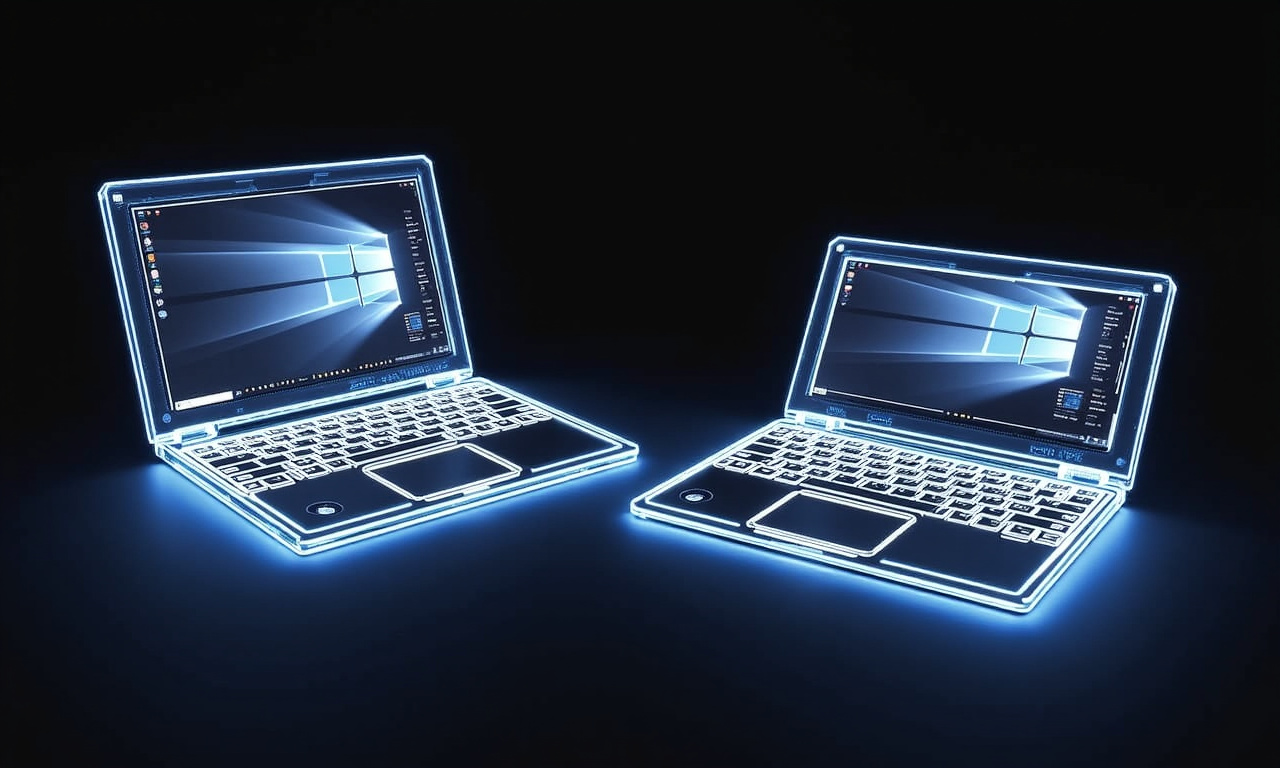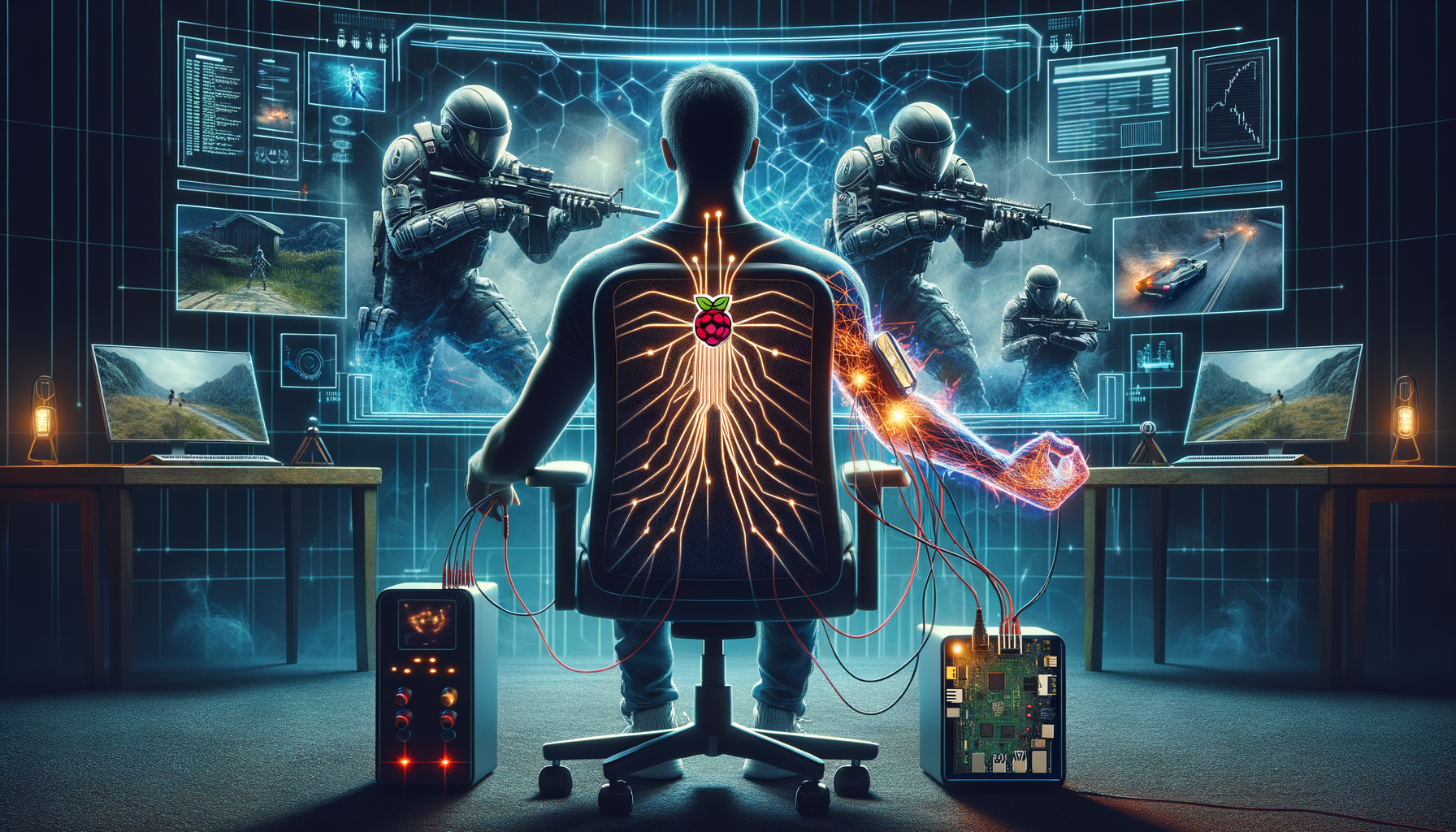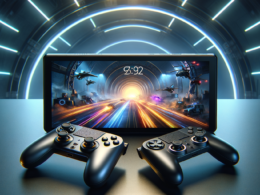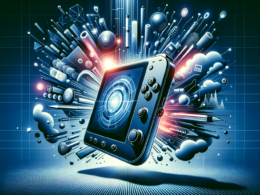Imagine trying to improve your gaming reflexes not by grinding for hours, but by applying a bit of tech-wizardry right to your muscles. That’s exactly what ‘Basically Homeless’, a tech-savvy YouTuber, is up to with his “neuromuscular aim assist” system-an experiment that uses technology typically reserved for physical therapy to give gamers a supposed edge in the popular game ‘Counter-Strike 2’.
Zooming In
Background on Gaming Enhancements
The world of gaming has always been fertile ground for technological experiments. From sophisticated mice with ultra-sensitive sensors to AI-powered coaching tools, gamers constantly seek an edge. Technologies like AI and high-end hardware aren’t new to the scene, yet what ‘Basically Homeless’ proposes crosses into new territory-using a TENS (transcutaneous electrical nerve stimulation) unit to speed up reflexes.
The Neuromuscular Aim Assist Experiment
For this project, a Raspberry Pi works in tandem with a TENS machine to jolt muscles into action. The concept is simple yet bold: stimulate muscles with electricity to potentially reduce reaction times during gaming. The system uses on-screen trackers to detect enemies and trigger those shocks, theoretically enhancing the player’s in-game reactions.
System Overview
The experimental setup reported a reduction in reaction time from 201 milliseconds to a stunning 95 milliseconds in controlled conditions. Yet, in live gameplay, the tech hit a few hurdles. Out of 30 targets, only seven were effectively engaged-showing that while the concept is promising, it’s not yet foolproof in a dynamic gaming environment.
The Controversy: Cheat or Innovation?
This brainchild of nerve and circuit board raises ethical lines. The gaming community now wonders: Does this cross the line into cheating? While technology has always been about enhancing human ability, competitive arenas like esports require a delicate balance between fair play and technical prowess.
Industry Perspectives
Reactions are mixed. DIY enthusiasts hail the ingenuity, while competitive gamers and tournament organizers express caution, wary that such innovations might offer unfair advantages and undermine the nature of true competition.
Upgrades and Future Endeavors
Looking to enhance performance, ‘Basically Homeless’ has upgraded the setup with faster hardware, including a Raspberry Pi 5 and powerhouse PC specs like an AMD Ryzen 9 9950X3D CPU and Nvidia RTX 5090 GPU. These upgrades are designed to refine the system’s reliability and response times.
Conclusion
While the neuromuscular aim assist sparks curiosity and marks a new chapter in gaming technology, it also necessitates conversations about ethics and fairness. As esports grow globally, rules and perceptions around augmented performance will need clear and fair guidelines to ensure that while technology evolves, competition remains a human-first endeavor. This debate is just getting started, and its outcome could reshape both the industry and our understanding of digital-human synergy in gaming.


